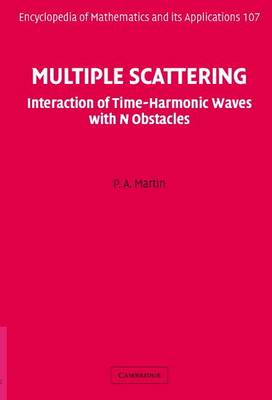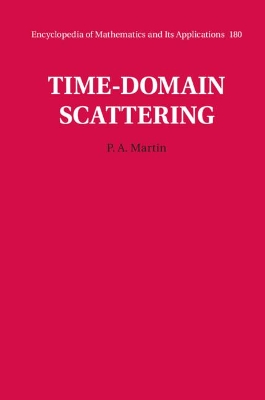Encyclopedia of Mathematics and its Applications
2 total works
The interaction of waves with obstacles is an everyday phenomenon in science and engineering, arising for example in acoustics, electromagnetism, seismology and hydrodynamics. The mathematical theory and technology needed to understand the phenomenon is known as multiple scattering, and this book is the first devoted to the subject. The author covers a variety of techniques, describing first the single-obstacle methods and then extending them to the multiple-obstacle case. A key ingredient in many of these extensions is an appropriate addition theorem: a coherent, thorough exposition of these theorems is given, and computational and numerical issues around them are explored. The application of these methods to different types of problems is also explained; in particular, sound waves, electromagnetic radiation, waves in solids and water waves. A comprehensive bibliography of some 1400 items rounds off the book, which will be an essential reference on the topic for applied mathematicians, physicists and engineers.
The wave equation, a classical partial differential equation, has been studied and applied since the eighteenth century. Solving it in the presence of an obstacle, the scatterer, can be achieved using a variety of techniques and has a multitude of applications. This book explains clearly the fundamental ideas of time-domain scattering, including in-depth discussions of separation of variables and integral equations. The author covers both theoretical and computational aspects, and describes applications coming from acoustics (sound waves), elastodynamics (waves in solids), electromagnetics (Maxwell's equations) and hydrodynamics (water waves). The detailed bibliography of papers and books from the last 100 years cement the position of this work as an essential reference on the topic for applied mathematicians, physicists and engineers.

